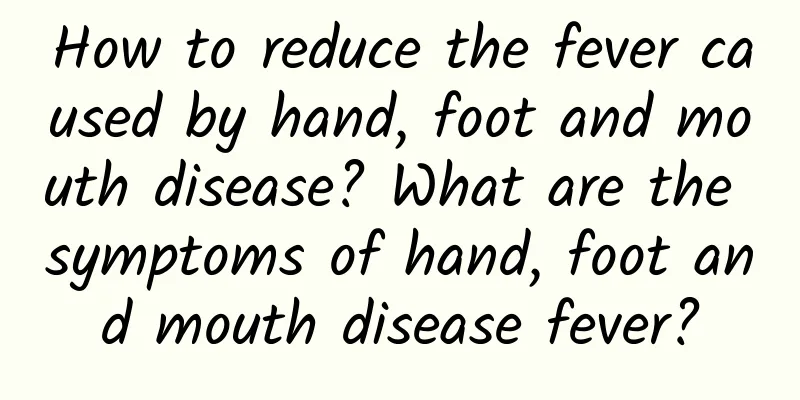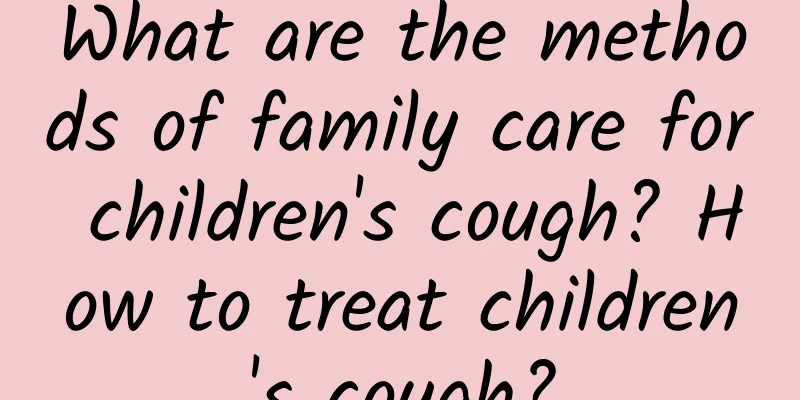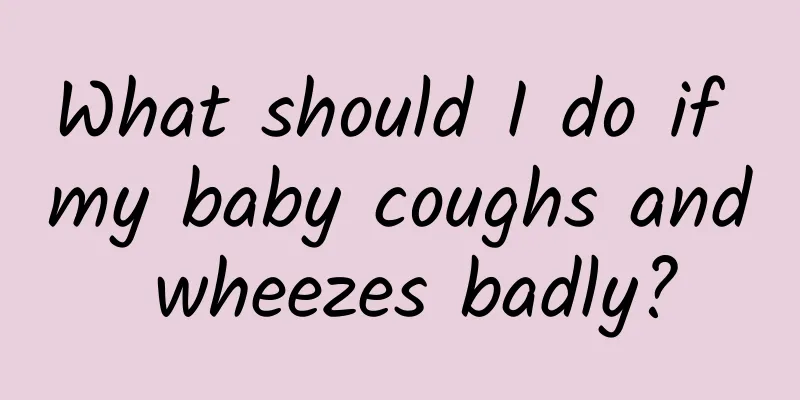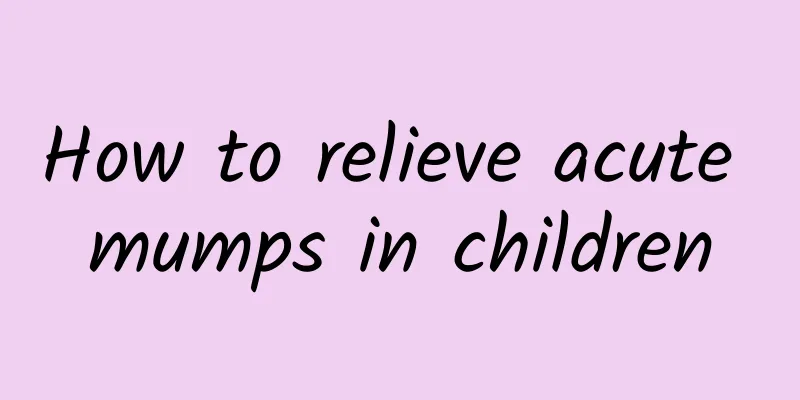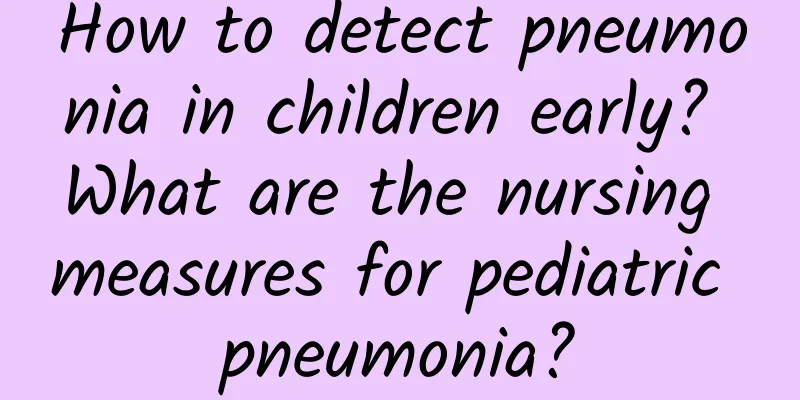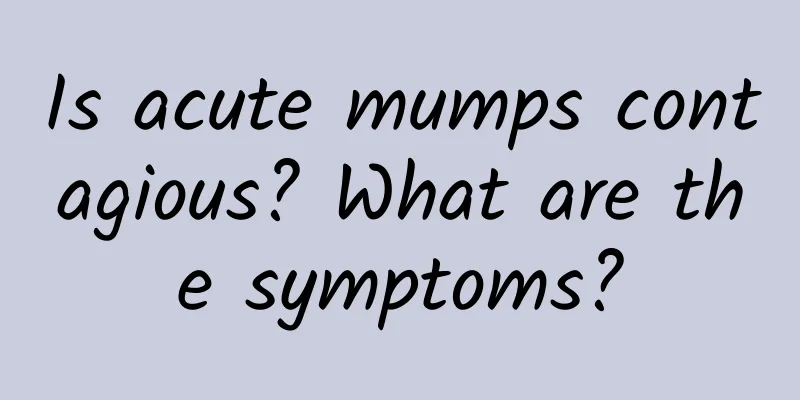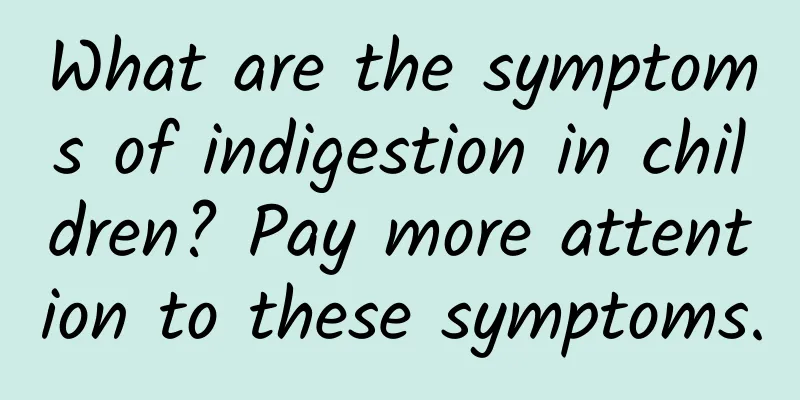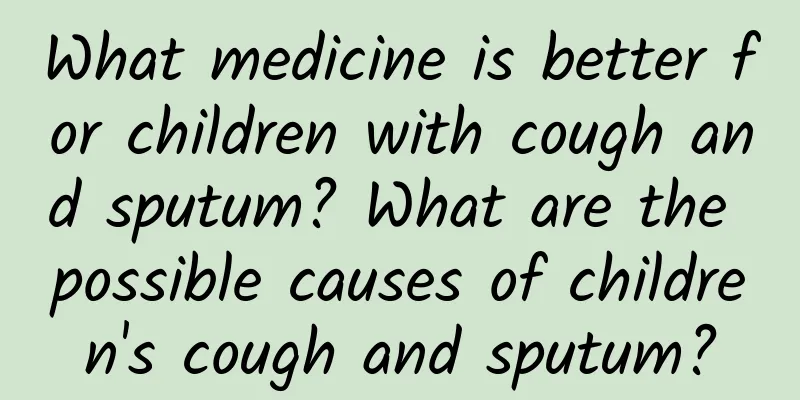Is hand, foot and mouth disease in young children highly contagious?
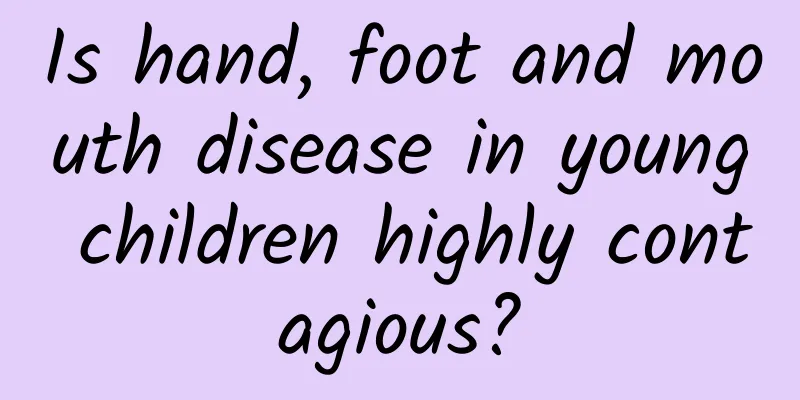
|
Hand, foot and mouth disease in young children is highly contagious and can be spread among the crowd through contact with patient secretions or droplets. Attention should be paid to isolation and good hygiene habits to prevent infection. The following analyzes the transmission characteristics and prevention and control measures of hand, foot and mouth disease. 1How hand, foot and mouth disease is transmitted Hand, foot and mouth disease is mainly caused by enterovirus, common viruses include coxsackievirus and enterovirus 71. It is mainly transmitted in the following ways: Droplet transmission: Transmission through inhalation of droplets released into the air by the patient's coughing, sneezing, etc. Contact transmission: contact with the patient's saliva, nasal mucus and other secretions, or the surface of objects carrying the virus, such as toys and tableware, that have been touched by the patient. Fecal-oral transmission: The virus can enter the human body through contaminated food, hand contact, etc., which is more likely to occur in young children due to their low awareness of hygiene. The peak season for hand, foot and mouth disease is usually summer and autumn, and children, especially those under 6 years old, are most susceptible to infection because their immune systems are not yet fully developed. In addition, collective places such as childcare institutions are also prone to spread due to close contact. 2How to prevent infection The key to preventing hand, foot and mouth disease is to cut off the transmission route and strengthen the immunity of young children. The following points are particularly important: Hand hygiene: Teach your children to wash their hands frequently, especially before eating and after going to the toilet, using running water and soap. Disinfection of items: Make sure to regularly clean and disinfect items that children often touch, such as toys, utensils, towels, etc. Avoid gatherings: During the peak period of hand, foot and mouth disease, try to avoid taking children to crowded places, such as shopping malls, playgrounds, etc. Wearing masks: During the epidemic, wearing masks for children when going out can effectively block the spread of droplets. 3. Post-infection measures Once a child is infected with hand, foot and mouth disease, the following measures should be taken as soon as possible to manage it: Seek medical advice for diagnosis: If symptoms of hand, foot and mouth disease such as fever, mouth ulcers, and rash on the hands and feet appear, take your child to the hospital immediately for diagnosis and follow the doctor's advice. Home isolation: Isolate sick children until symptoms completely subside, usually about a week, and avoid sharing daily necessities with other children. Symptomatic treatment: Pay attention to symptom relief, such as giving antipyretics such as acetaminophen to reduce fever, or using topical medications such as Sophora flavescens gel to help relieve oral ulcer pain. If the condition is severe and accompanied by neurological symptoms such as persistent high fever and mental depression, especially when caused by enterovirus 71, seek medical attention immediately. Dietary adjustments: Drink more warm water, avoid spicy and irritating foods, and eat light liquid or semi-liquid foods to reduce the gastrointestinal burden. Although hand, foot and mouth disease is self-limiting, it is highly contagious and may cause serious complications, so it needs to be taken seriously. Providing children with good daily hygiene habits and reasonable prevention and control measures is the key. If parents find suspected symptoms, they should seek medical treatment in time, and actively take isolation and symptomatic treatment to protect the healthy growth of their children. |
<<: Can the Children's Yanbian Granules be taken together with the Children's Cold Granules?
>>: Why do newborn babies have jaundice?
Recommend
What causes severe pseudohypertrophic malnutrition?
Severe pseudohypertrophic dystrophy is caused by ...
Can children with acute laryngitis do strenuous exercise?
Can children with acute laryngitis do strenuous e...
Nursing methods for hand, foot and mouth disease
Nowadays, many children have hand, foot and mouth...
Children's eczema medication
Many parents have just become parents. When chatt...
What are the causes of chronic cough in children? There are 6 common types of chronic cough in children.
The causes of chronic cough in children include c...
What are the sequelae of jaundice in children?
Most newborn babies will have varying degrees of ...
Is polio contagious?
Polio is a disease caused by the polio virus, whi...
What to do if your baby is deficient in calcium and zinc
If your baby is often picky about food, he or she...
What are the methods of TCM in treating polio?
If many people are sick, we must take it seriousl...
How to treat infantile eczema? What are the commonly used treatments for infantile eczema?
To treat childhood eczema, you need to choose a t...
Is pneumonia in children the same as pneumonia in adults? Is it contagious?
Pneumonia in children and pneumonia in adults are...
What are the examination methods for severe pseudohypertrophic malnutrition?
Everyone may be unfamiliar with pseudohypertrophi...
What medicine can adults take to reduce jaundice? Are Chinese and Western medicine effective in treating jaundice?
If an adult has jaundice, then there must be some...
How to treat baby eczema with these 3 medicines
The main options for treating infant eczema are g...
Baby cough test allergic rhinitis
If your baby coughs and tests for allergic rhinit...

